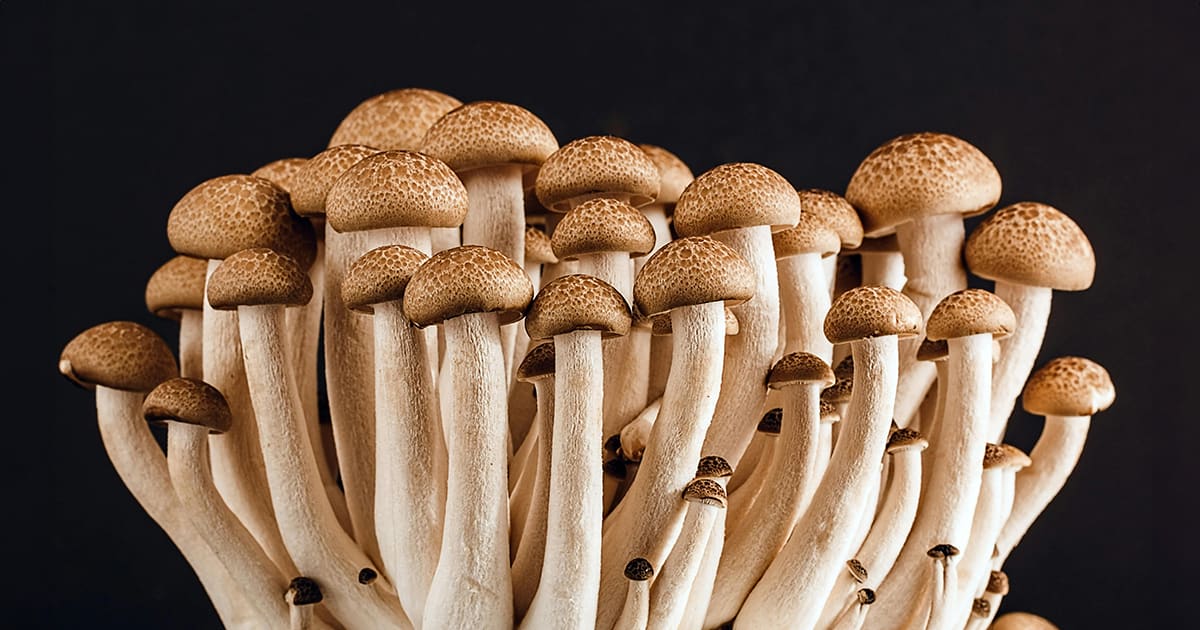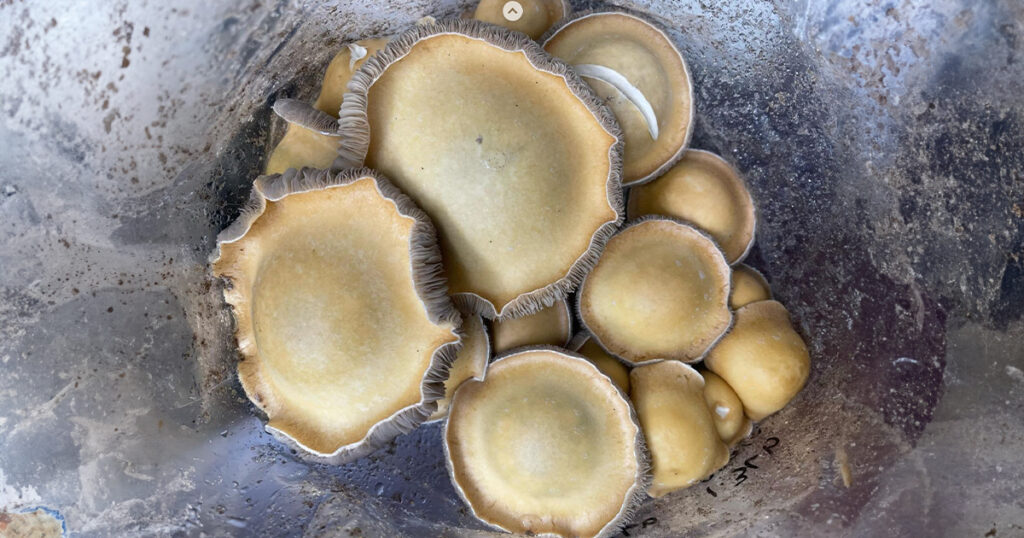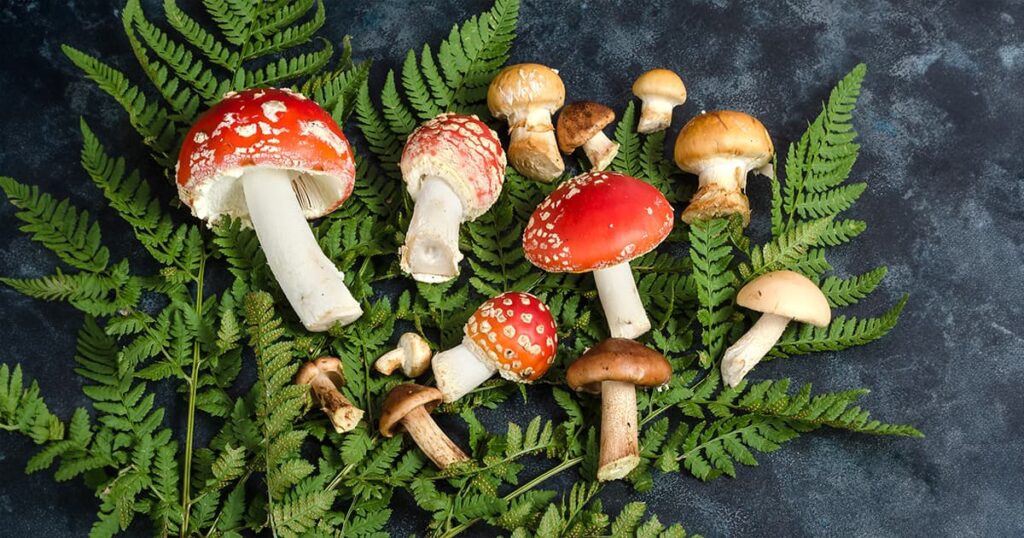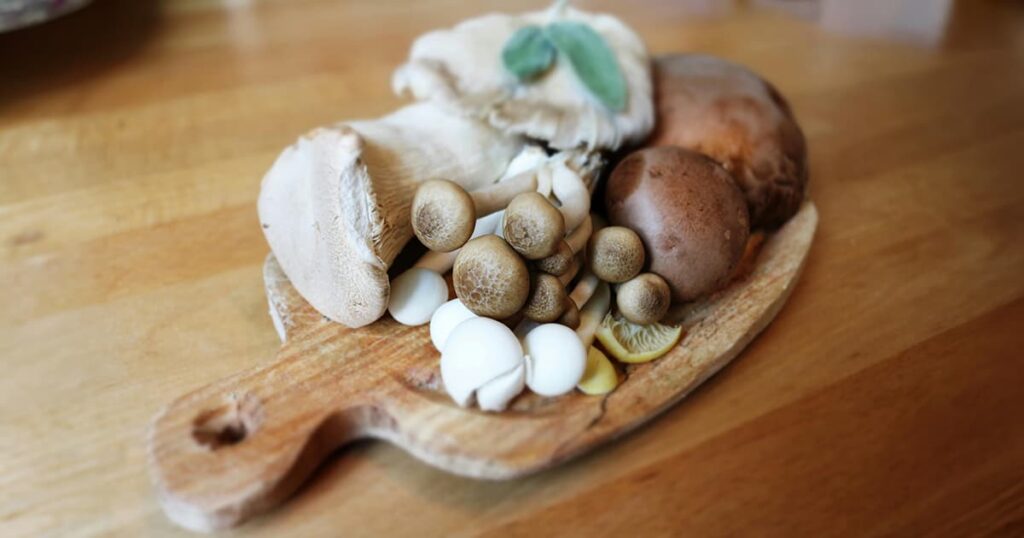In this guide, we’ll walk you through the entire process of harvesting, drying, and storing mushrooms for long-term use. We’ll explore the best time to harvest your mushrooms, various drying techniques, and the safest ways to store them for extended periods. We’ll also answer common questions that arise during these stages, especially for those using closed-bag growing systems like Wonderbags, which form the basis of our examples.
Harvesting Mushrooms: Timing and Strategies
When it comes to harvesting mushrooms, the key is timing, and this will vary depending on your goals. Typically, you’ll use your most mature mushrooms as indicators for when to harvest. Below, we break down three main strategies, each with its pros and cons:
1. Early Harvest
This strategy is aimed at producing visually appealing mushrooms by harvesting them just before the veil breaks. Although potency and yield may be slightly lower, the result is a collection of beautiful, unblemished mushrooms. However, the window for this harvest is narrow, lasting only a few hours before the veil breaks. If aesthetics are your priority, this method ensures no spores drop and spoil the appearance of your mushrooms.
2. Middle Harvest
The middle harvest is a balanced approach between aesthetics, potency, and yield. This method involves waiting until the veil breaks on your most mature mushrooms, and then giving it another 6 to 48 hours to let the rest of your canopy reach a similar maturity. The best time to harvest is when the caps are open but not inverted, and before spores start falling. This strategy is often recommended for most growers.
3. Late Harvest
For those looking to maximize yield, late harvest is the way to go, though you may sacrifice aesthetics and experience a slight dip in potency. Here, you wait until the last possible moment in the mushroom’s fruiting cycle before harvesting. The mushrooms may not look as nice, but you’ll have an abundant yield with near-peak potency.
Drying Mushrooms: Methods and Tips
While fresh mushrooms are highly prized for their taste and potency, their shelf life is short. Dried mushrooms, on the other hand, can last 1-2 years if stored properly. There are three main methods for drying mushrooms, each with distinct advantages and disadvantages.
1. Using a Dehydrator
A food dehydrator is our top recommendation. It’s quick, efficient, and can be easily purchased for around $30. Commercial growers often repurpose small rooms or closets with heaters and fans to mimic a dehydrator. To dehydrate mushrooms, trim the stems, clean them with a brush or paper towel, and spread them out on the dehydrator shelves. Set the temperature to the lowest setting, ideally between 95°F and 120°F. Higher temperatures can degrade therapeutic compounds. This method usually takes 24-48 hours to complete.
2. Air Drying
Air drying is the simplest method but also the slowest, taking anywhere from 4-8 days depending on environmental conditions. Spread the mushrooms out on a rack or paper plate in a dark, dry area with good airflow. If the humidity in your home is above 40%, this method can be tricky. Adding a fan or space heater can speed up the process.
3. Using a Desiccant
If you’re in a humid environment or don’t have a dehydrator, using a food-grade silica gel desiccant can be effective. Line the bottom of a container with silica gel, cover it with newspaper to prevent direct contact, and place your mushrooms on top. It takes about 48-96 hours to fully dry the mushrooms, and the silica gel can be reused after reheating. The downside is that this method requires a bit more setup and may not get the mushrooms as dry as other methods.
Regardless of the method you choose, aim for a “cracker dry” consistency—when the mushrooms snap easily under pressure. This ensures they are fully dried and ready for long-term storage.
Long-Term Storage of Mushrooms
Once your mushrooms are thoroughly dried, the next step is proper storage to maintain their potency and shelf life. Place your dried mushrooms in an airtight container, such as a glass jar, plastic bag, or Tupperware, and store them in a cool, dark place like a closet or drawer. Avoid storing them in the refrigerator or freezer, as cold temperatures may reduce their shelf life.
Final Thoughts
We hope this guide has helped you better understand the processes of harvesting, drying, and storing mushrooms. If you have further questions, don’t hesitate to reach out to your community or email us for more personalized advice. Happy cultivating!



